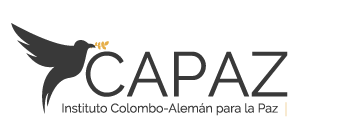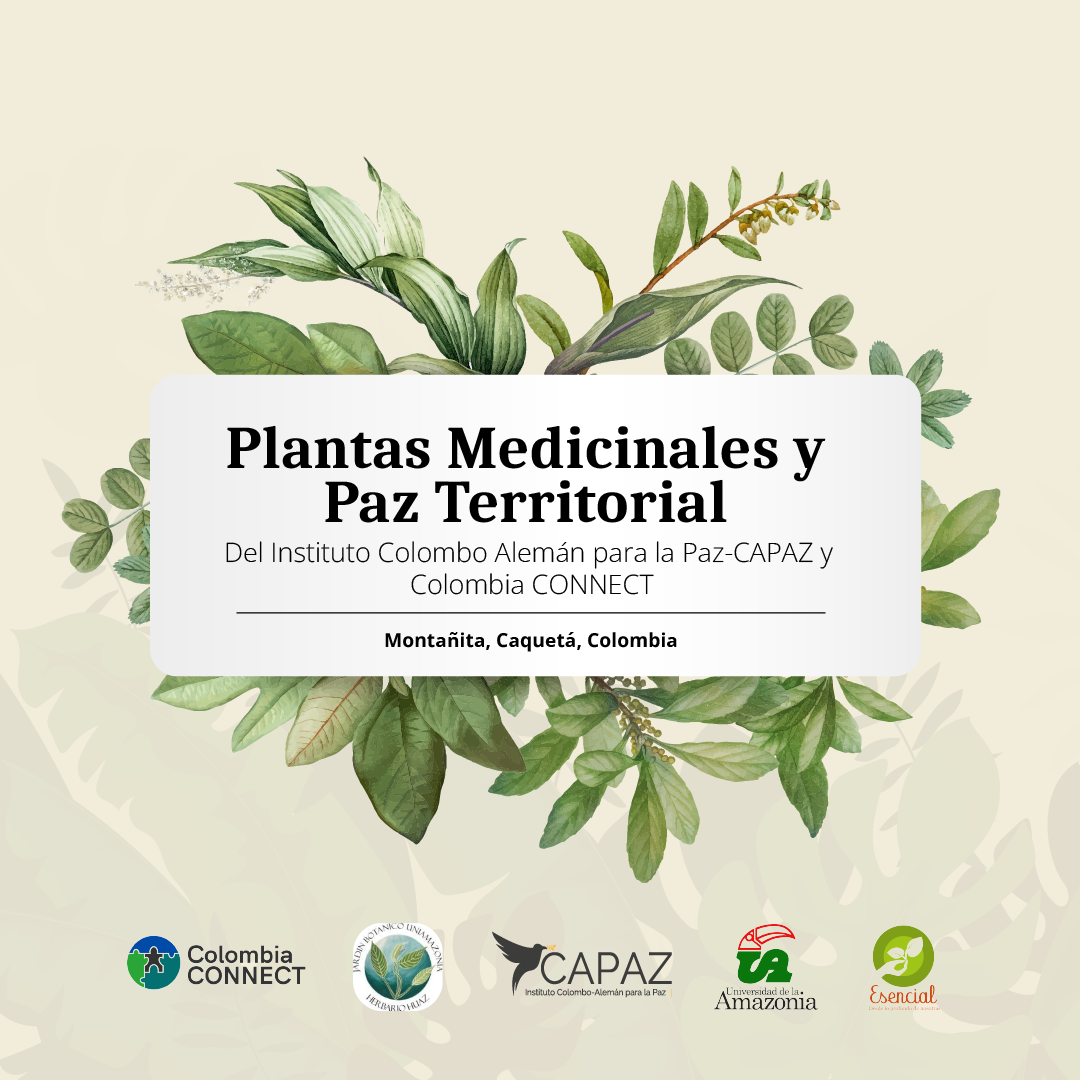
Information booklet: knowledge and practices on medicinal plants used by survivors of the armed conflict in Caquetá
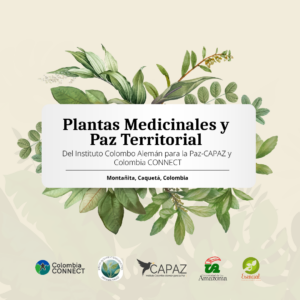
As part of our medicinal plants project supported by ColombiaCONNECT, we recently published an infographic that characterizes the medicinal plants included in the research in order to document the knowledge and practices of medicinal plants used by survivors of the armed conflict in Caquetá, from an intercultural approach to the right to health. This work was carried out by Professor Marco Correa of UniAmazonía, with the support of the University’s Botanical Garden and his team, which recorded the most commonly used medicinal plants in the region.
The presence of armed groups, forced displacements, the pre-eminence of extractive economies, and the use of herbicides to counteract illicit crops have fragmented the relationship between communities and their territories. However, communities resist such violence by recognising the land as the main source of life and well-being.
In this respect, the use of medicinal plants suggests a mutually caring relationship with the land and an alternative to the limited presence of health services in regions affected by armed violence. Recognising this knowledge is also essential in the formulation of health policies for the countryside, in particular, for the guidelines of the rural health plans contemplated in the peace agreement. The project involves members of peasant, indigenous, and former combatant communities.
Supported by the Association of Women Producers of Essences of Peace (ASMUPROPAZ) of the municipality of La Montañita in Caquetá, we produced the following guide to describe some of the most commonly used plants.
Medicinal plants
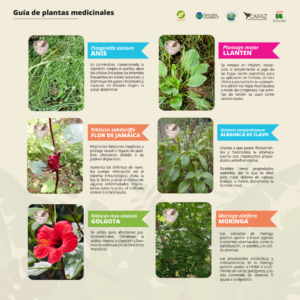 Traditional medicine is recognised today as a fundamental resource supporting the health of millions of human beings; it is an important part of the worldview of indigenous peoples and represents their centuries-old knowledge about Mother Earth. The use of medicinal plants is of incalculable value to peasant and indigenous communities both for their therapeutic uses —for skin irritations, wounds, insect bites, snake bites, among others— and their cultural meanings (Menéndez, 1994).
Traditional medicine is recognised today as a fundamental resource supporting the health of millions of human beings; it is an important part of the worldview of indigenous peoples and represents their centuries-old knowledge about Mother Earth. The use of medicinal plants is of incalculable value to peasant and indigenous communities both for their therapeutic uses —for skin irritations, wounds, insect bites, snake bites, among others— and their cultural meanings (Menéndez, 1994).
According to the World Health Organisation, medicinal plants serve the needs of a large percentage of the world’s population, especially in rural areas of developing countries. In Colombia, medicinal plants have played an essential role in the health care of those living in areas historically affected by the armed conflict where the precarious road and sanitary infrastructure has limited the communities’ access to medical services. This is the case in rural Caquetá where women have strengthened and preserved knowledge about the uses of plant resources in the territory to look after themselves and their families. Based on the medicinal plants and territorial peace project we explore how the exchange of knowledge about plants enables collective construction of the territory and the consolidation of ties between different communities affected by the armed conflict. As part of the project, we recognize the importance of ethnobotany in order to identify knowledge and practices around plant resources, recognize their role in the construction of territorial peace and establish conservation measures for native, introduced, and adapted plant species.
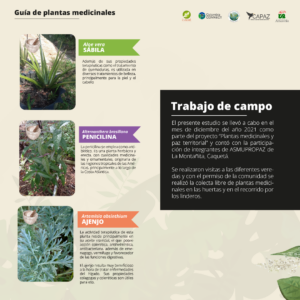
Fieldwork
This study was carried out in December 2021 as part of the project “Medicinal plants and territorial peace” involving the participation of members of ASMUPROPAZ in La Montañita, Caquetá. Visits were made to the different villages and, with the community’s permission, medicinal plants were collected freely in the gardens and along their edges.
Sampling
Sampling was undertaken in Mrs. Nancy Aya’s garden in the Agua Bonita II settlement, in María Luisa Bohórquez’ and Diana Zuleta’s gardens in Las Juntas, and that of Bibiana Rivera in Cedritos.
